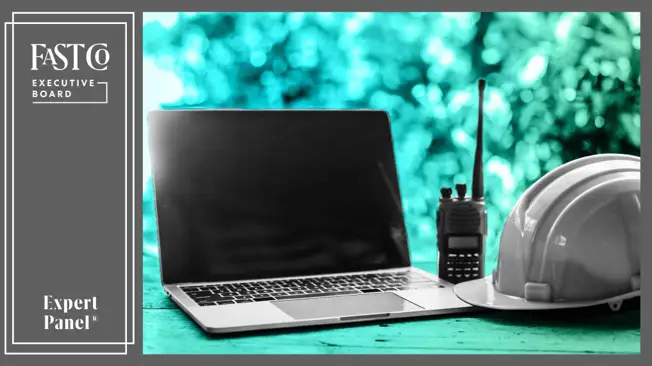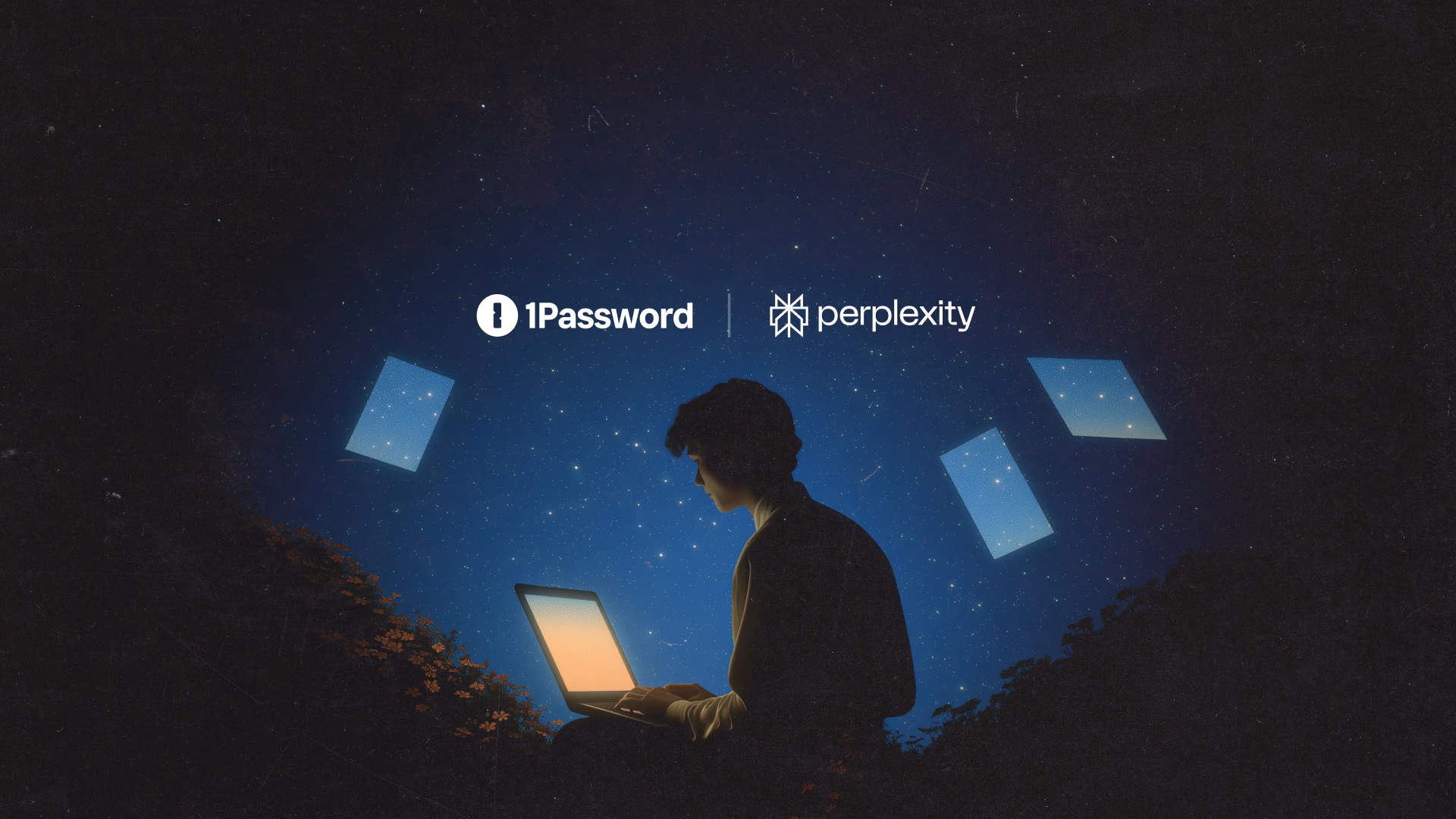
Workplace expectations have changed dramatically in recent years, leaving business owners with high-stakes choices about how and where their teams should work. Whether it’s returning to the office, staying fully remote, or adopting a hybrid model, each decision shapes company culture, employee satisfaction, and long-term team performance. There’s no universal solution, and the challenge lies in balancing organizational priorities with the needs of the people who make the business run.
Below, Fast Company Executive Board members share their perspectives on how business owners can decide which environment works best for their people, and what teams can learn from the experience.
1. MATCH ENERGY, NOT LOCATION.
Don’t choose the environment—choose the energy. Every team has a unique rhythm. Whether remote or in-office, design your workplace to match the energy your team needs to perform at their best. Growth isn’t about place—it’s about flow, focus, and freedom. – Kirk W. McLaren, Growth CFO LLC
2. PRIORITIZE CULTURE OVER SETUP.
It’s not “one size fits all,” it’s “what fits now.” Test, listen, and adjust. The real takeaway? Culture beats configuration; people thrive where they feel heard, supported, and trusted. – Stephanie Harris, PartnerCentric
Subscribe to the Daily newsletter.Fast Company’s trending stories delivered to you every day
Privacy Policy
|
Fast Company Newsletters
3. FOCUS ON WHERE WORK FLOWS BEST.
The real question for leaders is: Where do your people do their best work? The answer is unique to every team. Obviously, for busy service roles, being on-site is essential for hands-on training, immediate collaboration, and energy. For other roles, like HR, marketing, or digital product management, hybrid or fully remote setups can work well. – Milos Eric, OysterLink
4. BALANCE BUSINESS AND HUMAN NEEDS.
The right workplace blends business needs with human needs. At our company, we choose the setting—brick-and-mortar, remote, or hybrid—that best fuels creativity, collaboration, and well-being. Each teaches adaptability: brick-and-mortar builds culture, remote fosters autonomy, and hybrid unites both. Design for how your people thrive, not just where they work. – Sudhir Gupta, FACTICERIE
5. LEAD WITH FLEXIBILITY AND TRUST.
The right workplace—brick-and-mortar, remote, or hybrid—depends on aligning culture, business goals, and team needs. What matters most is flexibility and trust. Teams learn that productivity isn’t tied to a location but to clarity, support, and communication that make employees feel valued, regardless of where they work. – Kristin Marquet, Marquet Media, LLC
6. LISTEN TO YOUR PEOPLE FIRST.
The right work environment is the environment that works. Start by asking people. Have one-on-one conversations if possible. Don’t leave it up to a survey. Let people know that if they can work remotely, you will support them, but if you need them to interact as a team, share the reasons why. If people have to dress and drive to work, reward them with things that they value by asking them. – John William Patton, ProVention Health Foundation
7. DESIGN FOR EQUITY AND ACCESS.
One often overlooked factor is equity. The “right” workplace isn’t just about productivity; it’s about making sure all staff have equal access to resources and opportunities. Leaders should weigh who gets left behind by each model. Teams learn that true inclusion means designing environments (digital or physical) where everyone can grow without barriers. – Volen Vulkov, Enhancv
8. TEST, LISTEN, AND ADAPT.
Ask employees what makes them comfortable and consider the work itself. Try some office days and some remote days, and listen to feedback. Picking the best mix helps everyone do their best and teaches flexibility and communication. – Chris Dyer, Leadership Speaker
advertisement
9. CREATE A CENTRAL HUB.
You need to have a base. A central base—whether a physical office or a well-established virtual hub—anchors culture, collaboration, and trust. From there, the right environment depends on how your team works best: brick-and-mortar can foster deeper in-person bonds, remote can unlock focus and flexibility, and hybrid can balance both. – Goran Paun, ArtVersion
10. PLAN FOR THE FUTURE OF WORK.
Anything built only for the present, without the future in mind, won’t endure—and that includes the way we work. As the future of work evolves from hybrid to remote, we must adapt not to chase trends but to meet our teams where they are. Balance what works across trades, locations, and teams, and invest in systems that deliver strong results whether behind a desk or on a job site. – Larry Brinker Jr., BRINKER
11. EMBRACE DISCOMFORT TO GROW.
Thriving comes from being challenged, not comfortable. Brick-and-mortars can stifle creativity, while remote work might breed isolation. Instead of chasing the “right” environment, lean into chaos by shifting between models. A bit of unpredictability can foster adaptability and resilience in teams. It’s in discomfort that true growth happens, yielding innovation and connecting in unexpected ways. – Shawn Galloway, ProAct Safety, Inc.
12. ALIGN MODEL WITH INDUSTRY NEEDS AND TEAM PREFERENCES.
Business owners should match the workplace model to their industry needs, team roles, and employee preferences. Test and adapt over time. Teams can learn communication, flexibility, and accountability skills from each model, while discovering which environment best supports productivity, collaboration, and well-being. – Stephen Nalley, Black Briar Advisors
13. BUILD AN INCLUSIVE CULTURE BY OFFERING CHOICES.
The best workplace model isn’t one-size-fits-all—it’s about aligning culture with flexibility. Leaders should listen to staff needs, test models, and adapt. Teams learn that productivity thrives where trust and autonomy exist. Whether in an office, remote, or hybrid, growth comes from inclusion and choice. – Boris Dzhingarov, ESBO ltd
14. DESIGN WITH INTENTION AND ADAPTABILITY.
The right workplace model aligns how, where, and when work happens with both your people’s needs and your business goals. Brick-and-mortar builds culture, remote offers flexibility, and hybrid can deliver the best of both, but that is only if it’s designed with clear intent. Whatever you choose, keep listening to your team and adapt as needs and markets evolve. – Nicholas Wyman, IWSI America
15. CONSIDER COSTS AND INDIVIDUAL ESSENTIALS.
Business owners should get to know their team members to see if their job suits them and what they prefer. Then, owners must calculate the cost of each option and make an appropriate decision. It may be that the business needs production or sales to be done in the office. It could also be a case where a really talented person lives too far to travel to the office. – Baruch Labunski, Rank Secure
16. COACH INDIVIDUALS, NOT JUST POLICIES.
During work-from-home due to COVID-19, an employee’s performance dropped. After trying several strategies, we agreed he would work in the office, and the issue was resolved. I learned that companies should avoid one-size-fits-all, blanket workplace policies and instead train managers to recognize and coach individual employees to optimal performance in whichever environment is best for the worker. – Christina Robbins, Digitech Systems



